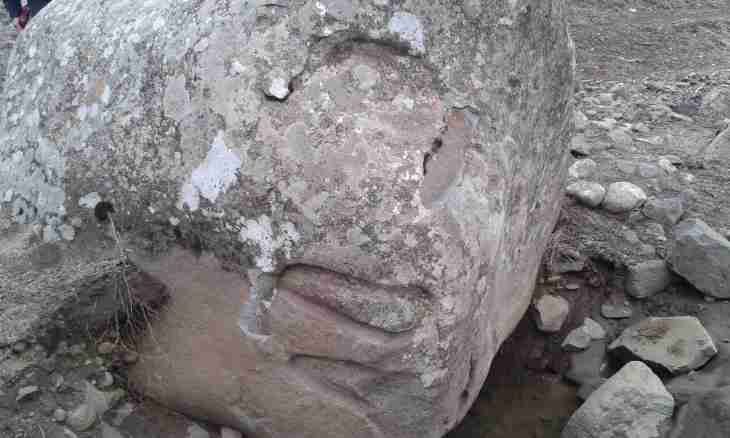The order of chemical reaction on any substance is an indicator of degree which concentration of this substance in the kinetic equation of reaction has. The order is zero, the first and second. How to define it for concrete reaction?
Instruction
1. First of all, you can use a graphic method. But at first it is necessary to explain in what differences reactions of various orders from each other and as it is reflected in schedules.
2. The zero order is characteristic of reactions which speed does not depend on concentration of substances, for example, for reaction of a heterogeneous catalysis or photochemical. Let's assume, during similar reaction substance A turns into substance B. If you construct the schedule where on abscissa axis the change of time, and on ordinate axis - change of concentration of substance A will be noted, then receive the schedule of linear dependence. Concentration will decrease on a straight line.
3. The first order is inherent in reactions which speed depends only on concentration of one of components. She says so: - dC/dt = kC, or, after transformation: - lnC = kt + const. If to write down this formula in decimal logarithms, receive: lgC = - kt/2.303 – const/2.303. The schedule of dependence of LG C on t represents a straight line, with a tangent of angle of an inclination which is equal - k/2.303.
4. If the speed of reaction is proportional to concentration of two reagents or a square of concentration of one of them, then it is reaction of the second order. Its speed pays off so: - dCA/dt = kCA2. Size k both in it, and in the previous case, can include various constants (for example, intensity of light, concentration of saturated solution). Dimension of mol/litre.
5. Thus, if on the schedule showing dependence With from t it turns out in the form of a straight line, then reaction – a zero order. If the dependence of LG C on t linear, then it means that you deal with reaction of the first order. Reaction of the second order – if, first, initial concentration of all reagents is identical; secondly, if the line chart of dependence 1/C from t turns out; thirdly, if the line chart of dependence 1/C2 from t turns out.
6. It is possible to use way of definition of time of semi-transformation. For reaction of the first order it is calculated by a formula: t1/2 = 0.693/k Time for which a half of reagent will react does not depend on its initial concentration.
7. For reaction of the second order, at equality of initial concentration of substances A and B, time of disintegration of a half of any of them in inverse proportion to initial concentration. Therefore: t1/2 = 1/k [A]
8. There is a way of addition of excess of reagents. If to add to a reactionary zone considerable excess of all substances, except one, you can define an exponent with which concentration of this reagent is included into the speed equation.

